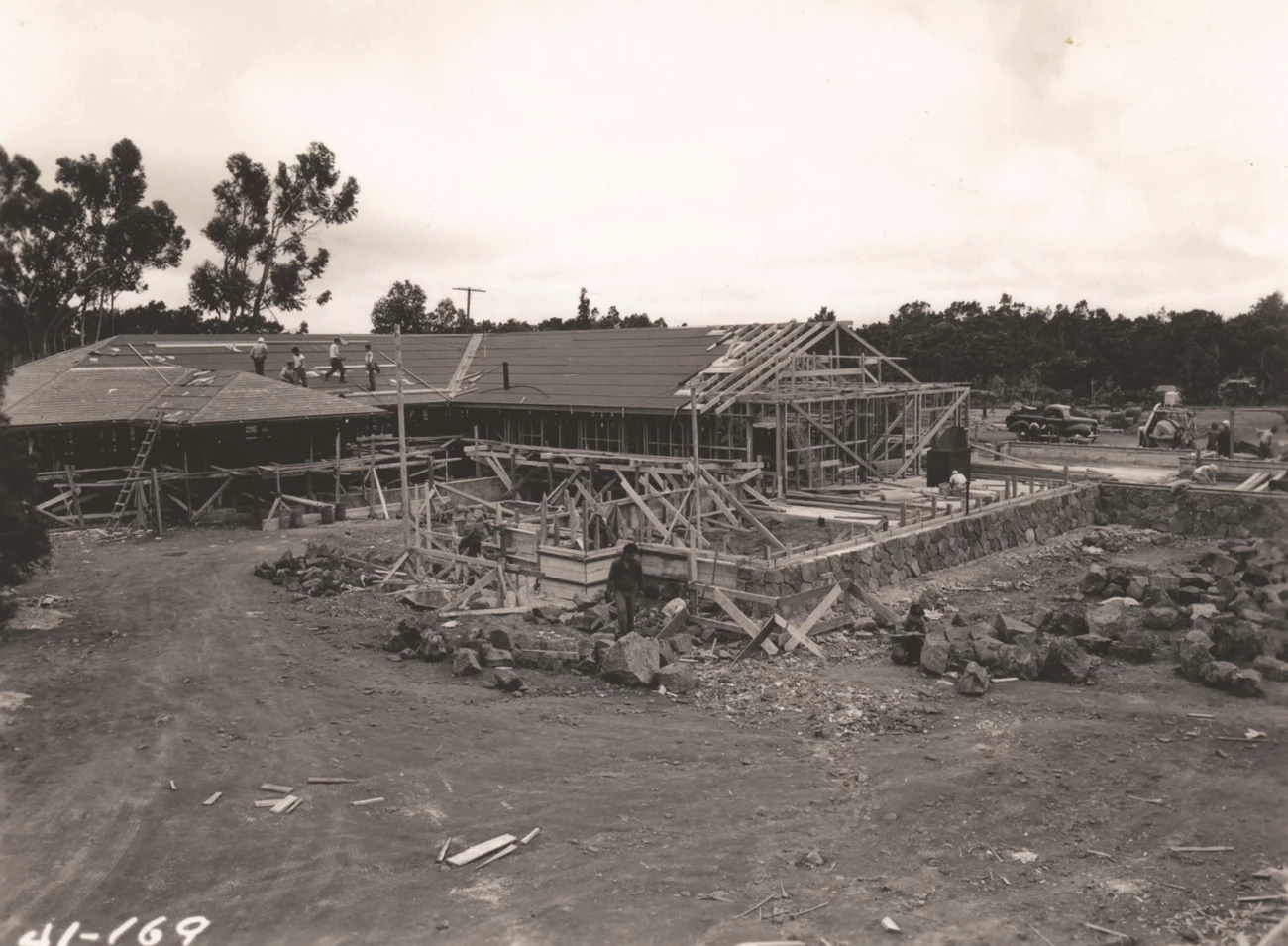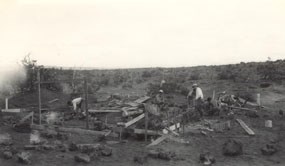

The Civilian Conservation Corps (CCC) was a program developed by Franklin D. Roosevelt's New Deal (1933) at the end of the Great Depression. The goal of the CCC was to provide young men with jobs during a time when many were unemployed, times were hard, and starvation was a concern. The program, also known as Emergency Conservation Work, employed men in many National and State Parks across the country from 1933-1942. Today, it is looked upon as one of the most successful New Deal programs. Emergency Conservation Work was said to have "brought together two wasted resources, the young men and the land, in an effort to save both." Enrollees in the CCC became involved in projects that developed and conserved the nations Parks and forests, which had been neglected in previous years. Their projects were numerous, and included road and building construction, erosion control, masonry, fire fighting, trail maintenance, vegetation and insect control among many others. One of the main goals of the CCC was to renew the nations decimated forests. During the programs existence, an estimated 3 billion trees were planted throughout the country. The enrollees of the CCC did excellent and detailed work and the nations parks and forests became in part, what they are today through the labor of these dedicated men. Within Hawaiʻi Volcanoes National Park much of the work that the CCC did is still evident and still in use. From the research offices to the hiking trails, the CCC laid the foundations for much of the infrastructure that we see and use today in the Park.
|
Last updated: September 25, 2025
